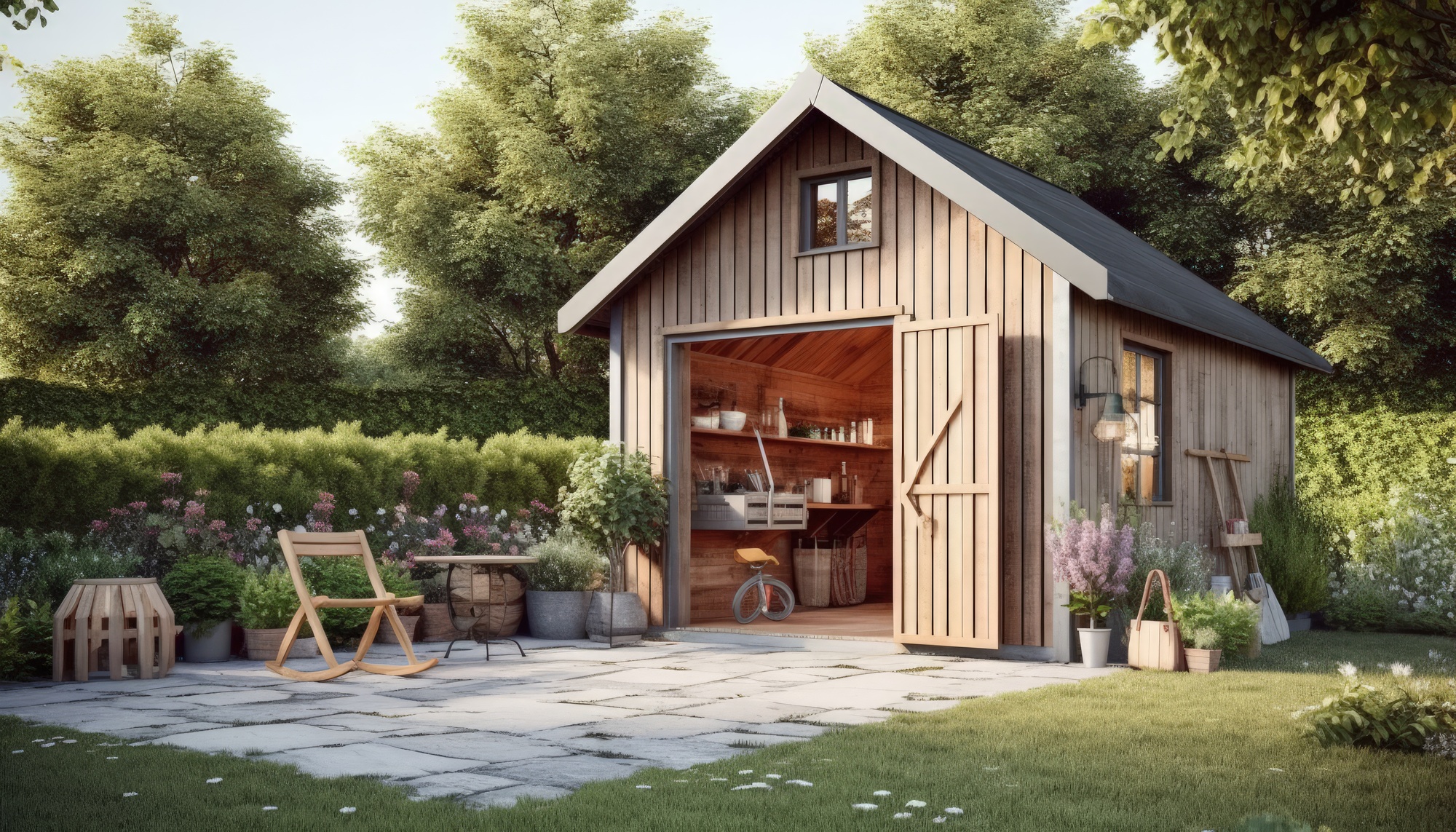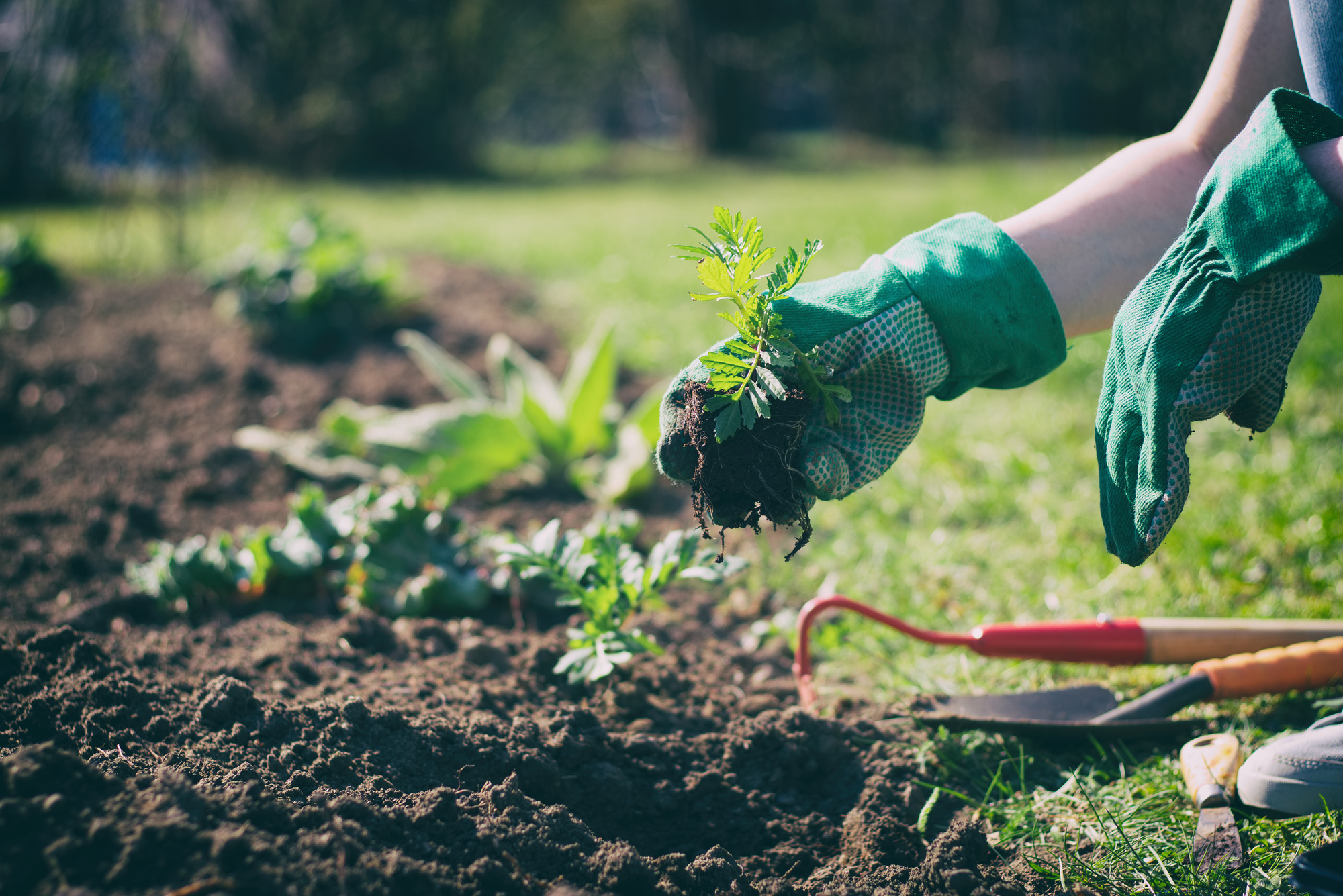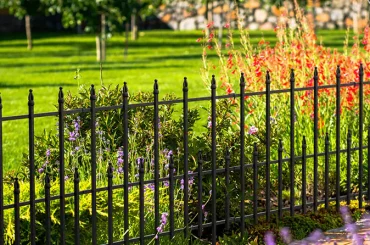Table of Contents
Gardens serve as personal retreats, spaces where nature’s beauty meets human creativity. However, even the most vibrant gardens can lose their lustre, succumbing to the pressures of the environment and time.
Revitalizing these spaces doesn’t have to be a daunting task; with the right approach, it can be a rewarding journey that breathes new life into your cherished outdoor sanctuary.
This guide is designed to inspire both novice and experienced gardeners by emphasizing easy-to-implement strategies alongside more comprehensive projects. It aims to help you create a garden that flourishes in harmony with its environment, blending straightforward fixes with in-depth enhancements for a holistic approach to gardening.
1. Build A Shed For Gardening Tools

Building a shed for your gardening tools not only adds functional value but also contributes aesthetically to your outdoor space. A well-designed garden shed can serve as a central hub for all your gardening needs, organizing tools and equipment efficiently, thus making your gardening tasks more enjoyable and less time-consuming.
Beyond its practicality, a shed can become a feature of interest in your garden, styled to complement the overall theme of your outdoor area.
2. Conduct A Soil Test
Understanding the composition of your garden’s soil is the first critical step towards revitalization. A simple soil test can reveal vital information about pH levels and nutrient deficiencies, which are essential for selecting the right plants and modifications. You can easily purchase a soil test kit from your local garden centre or online.
Upon gathering samples from different areas within your garden, you have the option to either mail them for analysis or utilize an on-the-spot testing kit to ascertain the results.
The insights derived from this evaluation could indicate a need to adjust the pH levels of your soil or improve its nutritional profile through the addition of suitable fertilizers or organic materials.
3. Mulch Like A Pro
Mulching is more than just a finishing touch to your garden beds; it’s a crucial practice for healthy soil and plants. Applying 2–3-inch layers of organic mulch, such as straw, bark chips, or leaf mould, around your plants can drastically improve moisture retention, suppress weed growth, and contribute to soil health as it decomposes.
Besides its practical benefits, mulch also gives your garden a neat, unified appearance, instantly lifting the visual appeal of your outdoor space.
4. Prune Dead Or Diseased Branches
Regular pruning is vital for maintaining plant health and vigour. Removing dead, diseased, or overgrown branches allows for better air circulation and light penetration, which are crucial for the prevention of plant diseases.
Moreover, it also encourages new growth, shaping your plants into a more desirable form. With a clean, sharp pair of pruning shears, carefully cut away any problematic branches, making sure to disinfect your tools after use to prevent the spread of disease.
5. Install Drip Irrigation
Transitioning to a drip irrigation system can significantly improve the efficiency of watering in your garden by delivering water directly to the plant roots where it’s most needed, reducing waste and evaporation.
Drip irrigation systems are surprisingly affordable and easy to install, offering a do-it-yourself (DIY) project that could be completed in just an afternoon. This method not only conserves water but also promotes healthier plant growth by minimizing moisture on foliage, which can lead to disease.
6. Plant Cover Crops
Incorporating cover crops, such as clover or vetch, into your garden rotation is a sustainable way to improve soil health, add nutrients, suppress weeds, and prevent soil erosion. These crops are particularly beneficial in beds that are lying uncultivated.
After growing, cover crops can be mowed down and turned into the soil, acting as green manure. This addition of organic matter enriches the soil, boosting its fertility for the forthcoming planting season.
7. Attract Beneficial Insects
Creating a garden that attracts beneficial insects like ladybugs, bees, and butterflies is not only remarkable for biodiversity but also aids in the pollination of plants and natural pest control.
Planting a variety of flowers and herbs, such as lavender, marigolds, and sunflowers, can provide these helpful critters with the nectar and pollen they need. Furthermore, these plants add a splash of colour and fragrance to your garden, enhancing its sensory appeal.
8. Feed Your Plants
Proper nutrition is crucial for the health and vitality of your garden. Applying a balanced, slow-release fertilizer provides your plants with a steady supply of essential nutrients over time.
It’s crucial to select a fertilizer that matches your garden’s specific needs based on the soil test results. Over or under-fertilizing can harm plant growth, so follow the product’s instructions carefully to ensure your plants receive just the right amount of nutrients.
9. Create A Compost Corner
Composting is a fantastic way to recycle kitchen and garden waste into rich, organic matter that your garden will love. Setting up a compost bin in an inconspicuous corner of your garden allows you to easily add vegetable scraps, coffee grounds, leaves, and grass clippings, turning waste into a valuable resource.
Over time, this decomposed material can be worked back into your garden soil, improving its structure and fertility.
10. Fix Up Your Fences
Fences, walls, and other boundary features play a significant role in defining the space and aesthetics of your garden.
Repairing any damaged sections, applying a fresh coat of paint or stain, or adding decorative elements like trellises for climbing plants can dramatically improve the look of your garden. Not only does this enhance privacy and security, but it also serves as a beautiful backdrop for your plantings.
Conclusion
As you implement these fixes, you’ll not only enhance the beauty of your garden but also create a more inviting and rejuvenating space for yourself, your family, and the local wildlife.
Remember, the journey of gardening is one of continual learning and enjoyment. So, embrace these changes, and watch as your garden evolves into a testament to your dedication and passion.





